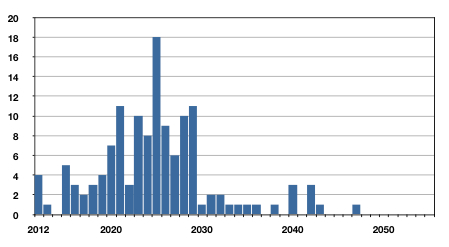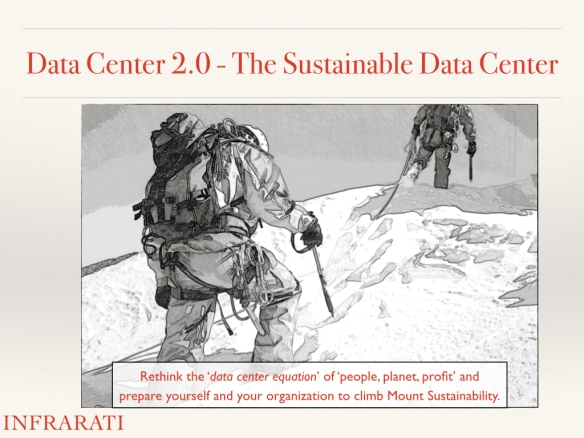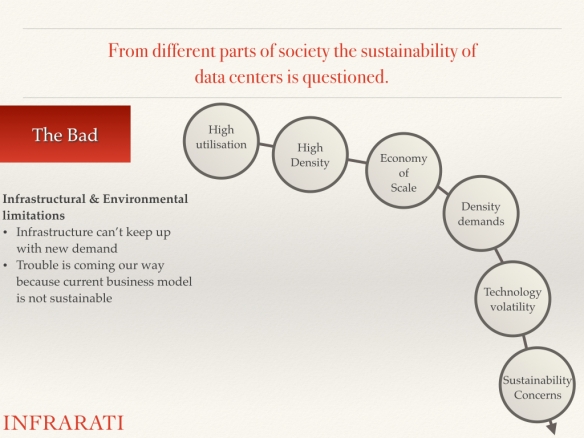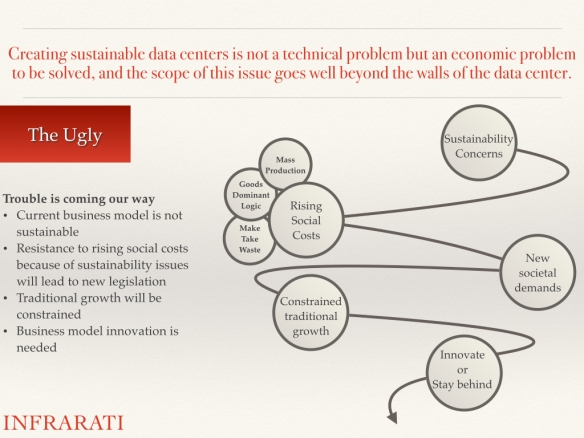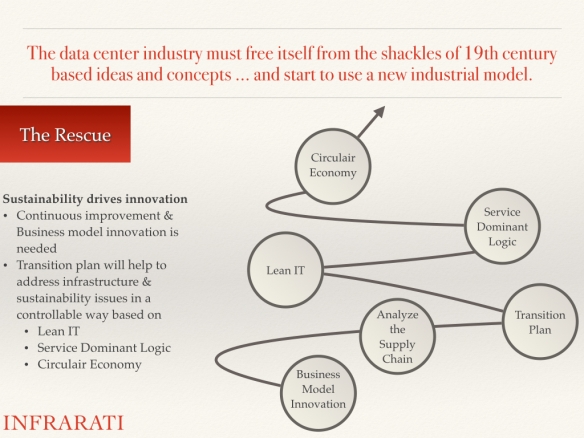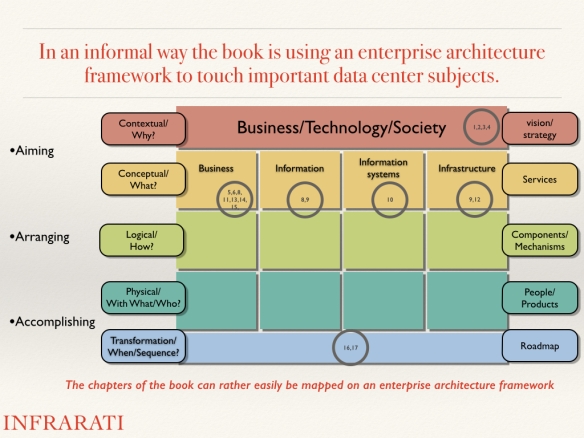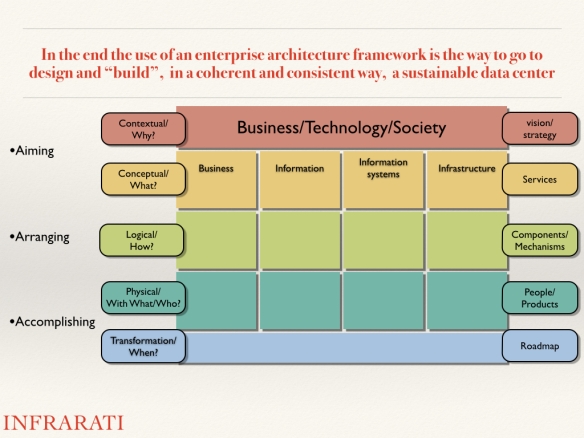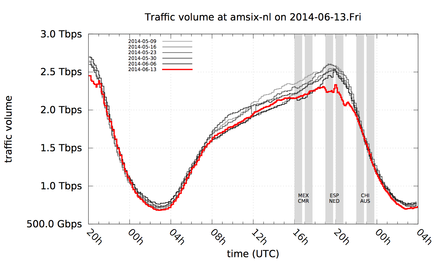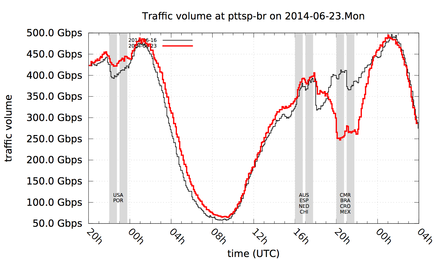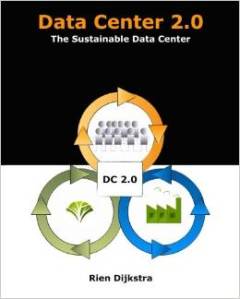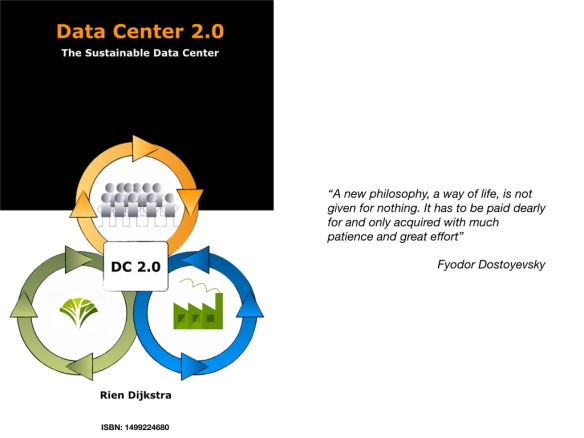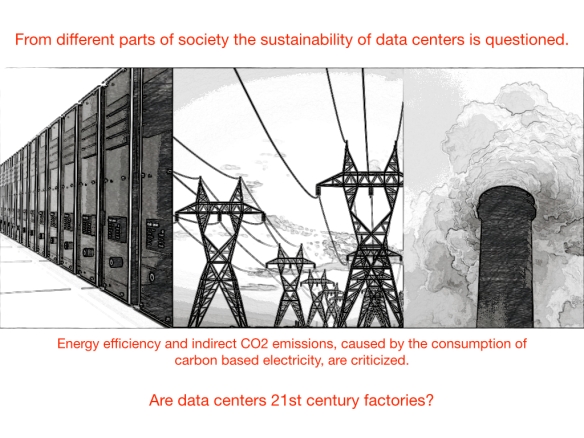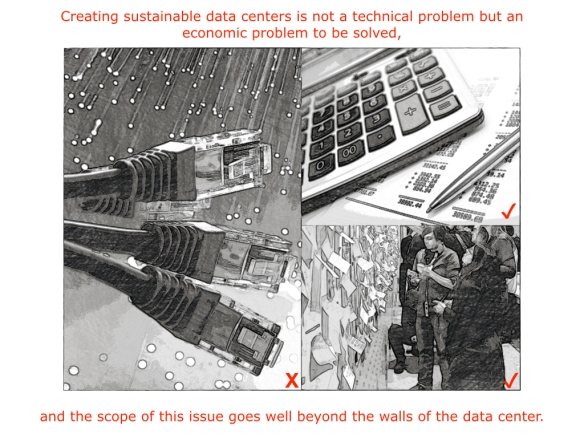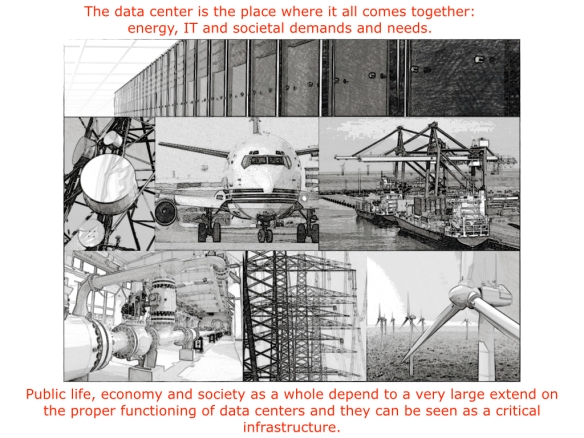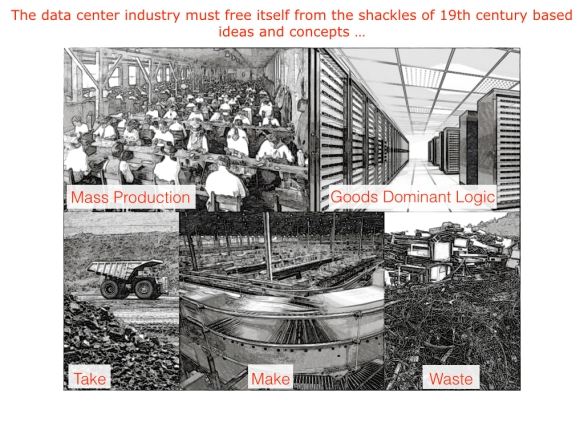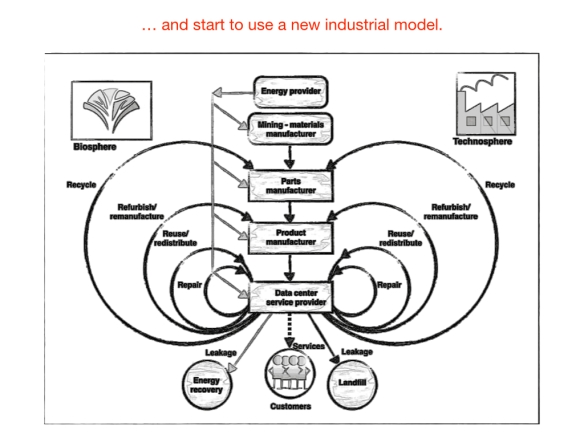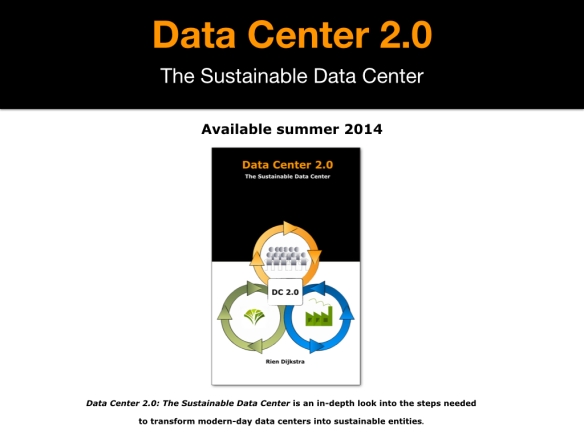Data Center 2.0: The Sustainable Data Center is an in-depth look into the steps needed to transform modern-day data centers into sustainable entities.
transform modern-day data centers into sustainable entities.
To get an impression of the book you can read the prologue right here.
Prologue
In large parts of the world, computers, Internet services, mobile communication, and cloud computing have become a part of our daily lives, professional and private. Information and communication technology has invaded our life and is recognized as a crucial enabler of economic and social activities across all sectors of our society. The opportunity of anytime, anywhere being connected to communicate and interact and to exchange data is changing the world.
During the last two decades, a digital information infrastructure has been created whose functioning is critical to our society, governmental, and business processes and services, which depend on computers. Data centers, buildings to house computer servers along with network and storage systems, are a crucial part of this critical digital infrastructure. They are the physical manifestation of the digital economy and the virtual and digital information infrastructure, were data is processed, stored, and transmitted.
A data center is a very peculiar and special place. It is the place were different worlds meet each other. It is a place where organizational (and individual) information needs and demands are translated in bits and bytes that are subsequently translated in electrons that are moved around the world. It is the place where the business, IT, and energy worlds come together. Jointly they form a jigsaw puzzle of stakeholders with different and sometimes conflicting interests and objectives that are hard to manage and to control.
Electricity is the foundation of all digital information processing and digital services that are mostly provided from data centers. The quality and availability of the data center stands or falls with the quality and availability of the power supply to the data center.
For data centers, the observation is made that the annualized costs of power-related infrastructure has, in some cases, grown to equal the annualized capital costs of the IT equipment itself. Data centers have reached the point that the electricity costs of a server over its lifetime will equal or pass the price of the hardware. Also, it is estimated that data centers are responsible for about 2% of the total world electricity consumption.
It is therefore easy to understand why the topic of electricity usage of data centers is a subject of discussion.
Electricity is still mostly generated with fossil fuel-based primary energy resources such as coal, gas, and oil. But this carbon-constrained power sector is under pressure. Resilience to a changing climate makes the decarburization of these energy sources mandatory to ensure sustainability.
From different parts of society the sustainability of data centers is questioned. Energy efficiency and indirect CO2 emissions caused by the consumption of carbon-based electricity are criticized.
The data center industry is working hard on these issues. According to the common view, it comes down to implementing technical measures. The idea is that more efficient power usage of servers, storage and network components, improved utilization, and better power and cooling management in data centers will solve the problems.
This idea can be questioned. Data centers are part of complex supply chains and have many stakeholders with differing perspectives, incomplete, contradictory, and changing requirements and complex interdependencies. In this situation there is no simple, clear definition of data center efficiency, and there is no simple right or optimal solution.
According to the Brundtland Commision of the United Nations, sustainability is “to meet the needs of the present without compromising the ability of future generations to meet their own needs.”
Given the fact that we are living in a world with limited resources and the demand for digital infrastructure is growing exponentially, there will be limits that will be encountered. The limiting factor to future economic development is the availability and the functioning of natural capital. Therefore, we need a new and better industrial model.
Creating sustainable data centers is not a technical problem but an economic problem to be solved.
A sustainable data center should be environmentally viable, economically equitable, and socially bearable.
This book takes a conceptual approach to the subject of data centers and sustainability. The proposition of the book is that we must fundamentally rethink the “data center equation” of “people, planet, profit” in order to become sustainable.
The scope of this search goes beyond the walls of the data center itself. Given the great potential of information technology to transform today’s society into one characterized by sustainability what is the position of data centers?
The data center is the place where it all comes together: energy, IT, and societal demands and needs.
Sustainable data centers have a great potential to help society to optimize the use of resources and to eliminate or reduce wastes of capital, human labor and energy.
The idea is that a sustainable data center is based on economics, organization, people and technology. This book offers at least multiple views and aspects on sustainable data centers to allow readers to gain a better understanding and provoke thoughts on how to create sustainable data centers.
Creating a sustainable data center calls for a multidisciplinary approach and for different views and perspectives in order to obtain a good understanding of what is at stake.
The solution is, at the end of the day, a question of commitment.



